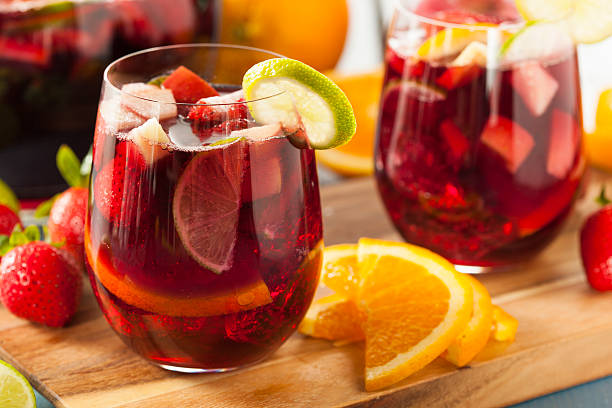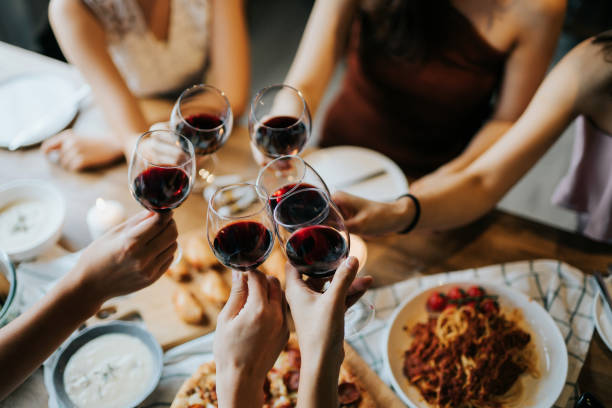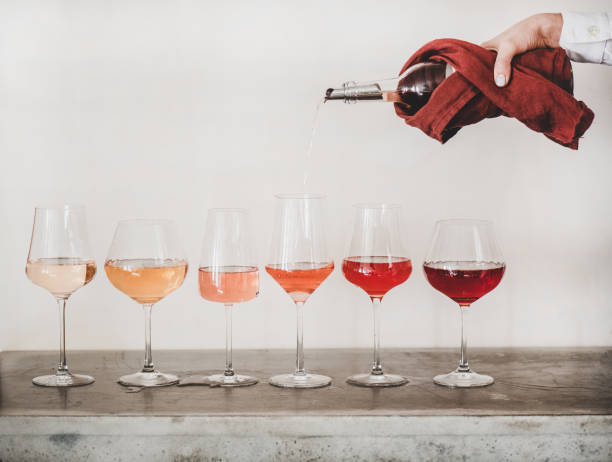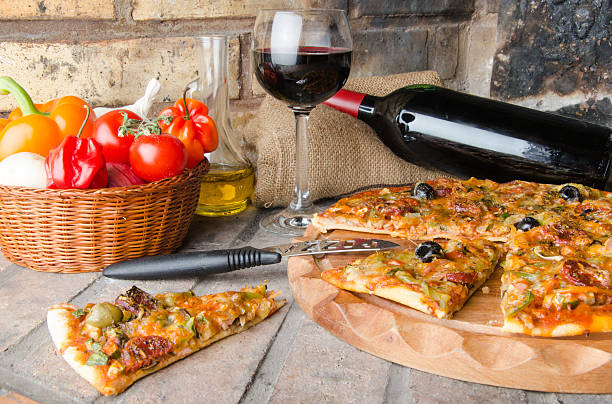The future of the wine industry feels light. This is why it’s good.
You might search for sustainable practices when you are looking for eco-friendly wines. When was the last you thought about the container?
You can’t judge a book or wine based on its label. But you can learn a great deal about the wine’s environmental impact by looking at its container. According to Dr. Stanbury, between one-third and fifty percent of a wine’s total carbon footprint comes from its bottle. Peter Stanbury is the research director of the Sustainable Wine Roundtable in the United Kingdom.
Your favorite bottle of wine is likely to weigh less within the next three years.
SWR has members from around the world, including Whole Foods Market and Lidl, as well as industry experts and wineries. Richard Branson’s Virgin Wines is also a member. Although the organization does not include all wineries, it is a powerful group that can have a big impact on the industry.
Dr. Stansbury says that in the past, there were two major obstacles between the wine industry and slimmer bottles. First, wine brands and retailers thought consumers would instantly perceive heavier bottles as better. Second, wine bottlers believed that lighter bottles were always more fragile.
During six months of research before the SWR Bottle Weight Accord, a bottle weight reduction pact involving all those retailers mentioned above–in October 2023–Dr. Stansbury’s team and SWR found that both were false.
Dr. Stansbury says that consumers do not associate the weight of the bottle with the quality of the wine inside. There’s no reason to think that lighter bottles are more fragile. “Many growers have been using bottles lighter than 420g for years without any problems.”
This information, along with the knowledge that collectively, SWR members can impact over 250 million bottles of wine, led Dr. Stansbury’s team to set a lofty goal: By the end of 2026, all who sign the Accord will reduce the weight of 750 milliliter bottles of still wine they sell, from 550 grams down to 420 grams. It involves collaboration among wineries, retailers, and bottlers. You might not feel any difference.
According to the SWR, this 25 percent reduction in bottle weight will result in a carbon footprint reduction of about 12 percent for the wines sold at participating retailers. This will save over 23 million kilos.
“It is better for our environment.” The consumer can also be involved, such as by recycling or purchasing sustainably grown produce. They want to feel that they’re contributing by making purchases. “By purchasing wine in lighter glasses, they will feel more empowered,” said Jeff Turnas, senior vice president for global culinary at Whole Foods Market.
The SWR will focus in the future on aluminum cans and paper bottles, which are also recyclable like Glass but require less energy and resources to transport.
How To Taste Wine Like A Pro
What will the future wine bottle look like?
Many wineries that are not part of the SWR do their part. Brooks Wine, Amity, Oregon. In 2012, they changed from bottling most of their wine in 467-gram bottles to 595-gram ones.
Finding a lighter glass was a challenge at the time. The process was easy once we found eco-glass. “The glass does not change the wine inside the bottle, nor does it change how we make our wines,” says Janie Brooks-Heuck, managing director at Brooks Wine. What was stopping us from making a more sustainable decision?
A close relationship between the bottler and the glass manufacturer is essential. A team from the Alois Lageder Winery in Italy’s Alto Adige Region worked with a Swiss Glass Manufacturer for months on developing a stable, lightweight bottle that met their aesthetic requirements.
“With a bottle of such low weight, it was important to make sure that the 420 grams were evenly distributed across the surface. Glass that is too thin or fragile will break if the thickness is not consistent. We managed to do this well in the end,” said Alois Clemens, sixth-generation owner of Alois.
Instead of keeping their tried-and-true formula secret, Lageder has verified that the new bottle design “is intentionally not patented to allow many wineries to follow.” Because wine – and smart, sustainable strategies – are best shared.
My advice is to forget pairing when it comes to choosing what to serve at Thanksgiving. Don’t worry about what wine pairs with Turkey. Seriously, turkey goes with all wines on earth. You can forget, “my stuffing contains rutabagas, will a Vermentino wine from Italy work?” Because stuffing with potatoes? What strange planet are you? There’s only one thing you should consider when it comes to wine and Thanksgiving: You will eat too much and end up in a food coma for the majority of the day.
Why would you choose to drink a wine that is rich and heavy? Why would you drink the 15.5% alcohol Napa Cabernets or the buttery, oaky Chardonnays if they are so different? Too much muchness, I say. My suggestion would be to go lighter. You want to drink wines with a moderate alcohol content that are bright and crisp but also transparent. Avoid those that make your taste buds feel like a fullback is smashing them at an NFL game. Think of a cool climate, minimal oak, modest alcohol, and vibrant flavors. You may make it through the evening on Thanksgiving Day, fully aware and even hungry for leftovers. Here are 14 delicious options.




